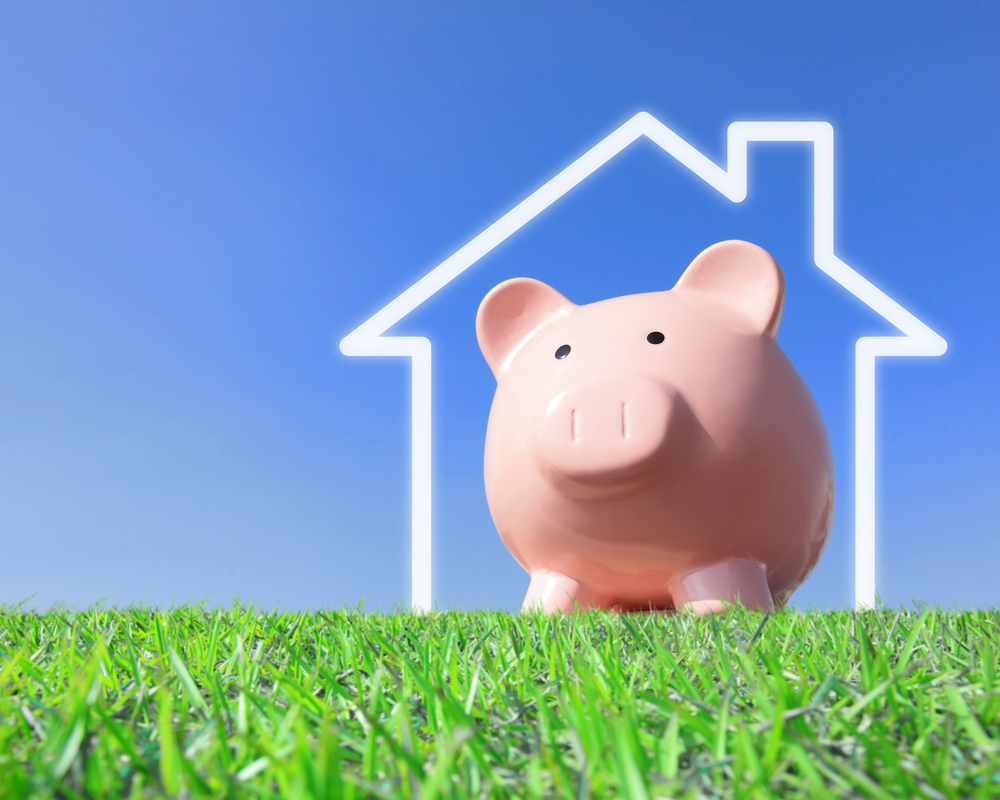Government Help
Number of Help to Buy purchases surged as ‘old’ scheme ended

The last three months of the shared equity scheme were its best ever for sales
The first quarter of this year saw a significant rise in homes bought using the government’s Help to Buy scheme, as the old version of the scheme ended.
Between 1 January and 31 March 2021 (when the scheme ended), 15,341 properties were bought with an equity loan, an increase of 61% from the same period in 2020, according to figures from the Ministry of Housing, Communities & Local Government.
Since it’s launch on 1 April 2013 until 31 March 2021, 328,506 properties were bought with an equity loan. The value of the properties sold under the scheme totals £91.1 billion and the total value of these equity loans so far totals £20.1 billion.
The government said that 82% of all completions were by first time buyers.
From April the new version of the scheme, Help to Buy 2021-23, has only been available to first-time buyers and includes regional prices caps to limit the value of property that can be bought using the scheme.
Sarah Coles, personal finance analyst at Hargreaves Lansdown, said of the figures: “We’ve been snapping up Help to Buy loans in this year’s homebuying frenzy, and the 12 months to the end of March saw the highest number of loans on record. But while rising prices make this scheme particularly handy for those struggling to raise a bigger deposit, they also bring extra risks.
“However, while Help to Buy loans offer a solution to those struggling to buy in a rising market, the way they work means the same rising market will have a sting in the tail for anyone who takes advantage. When the loan is eventually repaid to the government, the amount that needs to be paid back depends on the value of the house at that time. If you borrow 20% of the purchase price, you repay 20% of the value after five years, so when prices rise, so do your repayments.
“If you borrowed 20% from the government to buy the average property in May 2015, and then you repaid the loan in May 2020, you’d have to pay back £5,318 more than you borrowed. The rising market in the past 12 months means that someone doing the same a year later would have had to repay £8,751 more than they borrowed – so the rising market cost them almost £3,500.”
Karen Noye, mortgage expert at Quilter, added: “While all these government schemes are well meaning, none of them tackle the problem like simply building more housing stock. The government must make this a priority going forward if they want to give the younger generation a chance to get on the housing ladder.”
